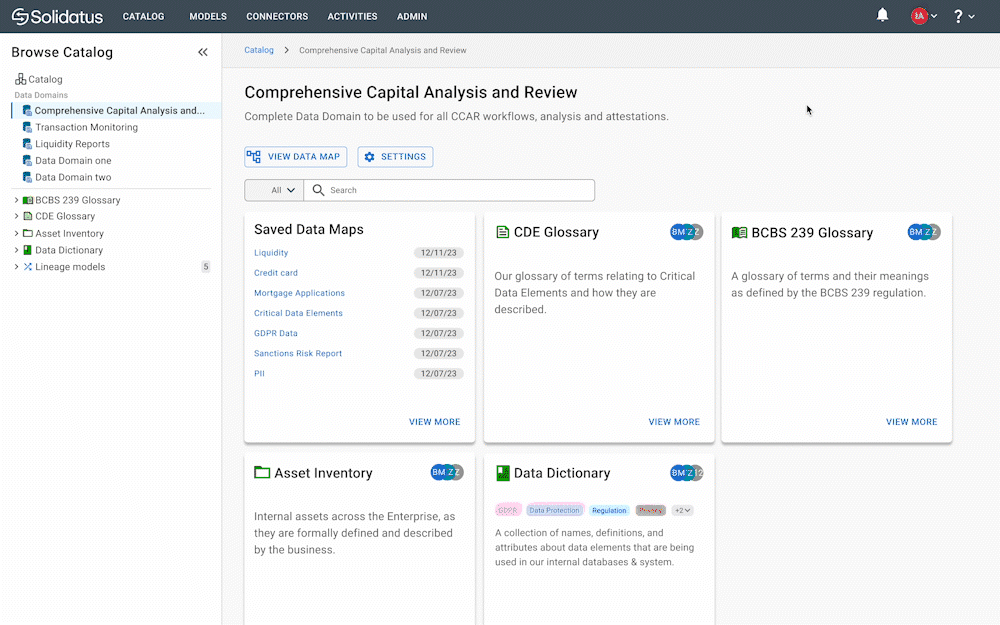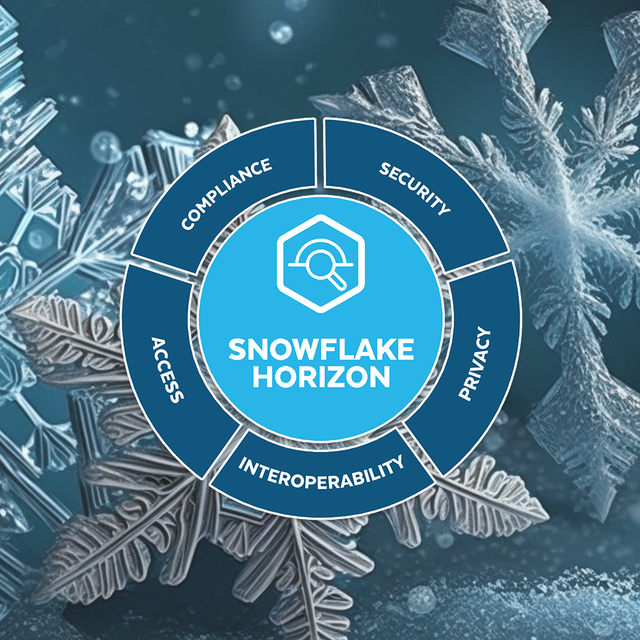- 19 Feb 24
Democratizing data: Solidatus unveils all-new interface uniting IT and business

Gain unparalleled transparency into your business through the world's first lineage-enabled data catalog
Behind every business challenge lies a data challenge. Yet, for too long, the data domain has been controlled by just a handful of experts. Those days are over. We’re proud to unveil our new interface that unlocks the power of Solidatus for all users.
It’s time to democratize data and empower every decision maker. No matter your team – be it operations, analytics or compliance – through Solidatus, you can reduce operational costs, meet compliance needs and build a better business.
- Combine live data flows with business intelligence to make metadata accessible, analyzable, and actionable.
- Streamline governance workflows and save countless hours by navigating from regulatory definitions, data dictionaries or systems catalogs, to golden source lineage in just a few clicks.
- Bridge the IT-Business divide by presenting an interactive map of technical data flows in a format that the business can easily understand.
What’s new?
Introducing Connected Catalog and Data Map
The Connected Catalog seamlessly integrates your physical lineage with business glossaries, data dictionaries, and systems catalog through one intuitive interface. This allows you to easily explore specific technical assets using familiar descriptors and definitions.
The Data Map provides a visual representation of your catalog, enabling you to navigate from a high-level overview of your business lineage to the fine-grained lineage of technical assets. Together, these features empower technical teams to establish and deliver metadata domains, enabling the business to explore, analyze, attest, and derive insights.
Connected Catalog
Catalog capabilities unify data sources, significantly reducing the time to attain crucial business insights.
- Technical architects can publish data domains that connect physical data flows with their supporting glossaries, dictionaries and policies in one interface.
- In minutes, explore data assets, entities, properties, regulatory obligations, and other business or technical context throughout your entire data ecosystem.
- Dive deeper into hierarchies to view available assets and their descriptions.
- Access user-friendly and newly refreshed business glossary and data dictionary views.
- In a few clicks, jump from catalog entries to domain-scale visualizations.
New capabilities for Solidatus users

- Browse data domains through your chosen lens: technical metadata, systems architecture, or regulatory obligations.
- Search data domains for glossary terms or physical assets, quickly revealing the connections between them.
- Transition seamlessly from a catalog entry to its lineage view with the integration of Data Maps.
Data Maps
Consolidate your entire enterprise of data flows into a map that your business teams can interpret, explore, and analyze.
- Data architects can present enterprise-wide data flows in a way that is easy for business users to understand, explore, and performs well at scale.
- Business users can visually browse entire systems or focus on where specific data elements originate. For more context on an asset, they can open its sidebar to review its properties and relationships to glossary terms or key policy obligations.
- Navigate from a ‘Map of the World’ to the trace of an entity in just a few clicks – all in a business context that is easily understood.
- Users can click “Trace” in the sidebar to eliminate unnecessary details and view the lineage specifically for columns or tables.

New capabilities for Solidatus users
- Switch perspectives to observe the same lineage flow through regulatory, business, and other lenses.
- Examine comprehensive enterprise-wide lineage in business terms and drill down into detailed entity-level insights.
- Once a visualization is built, you can save it for quick access each time you log in. Solidatus automatically updates this dynamic visualization to mirror changes in your system, ensuring you always have a current view of your data flows.
- Save important or most viewed Data Maps and return to them quickly from the data domain homepage.







